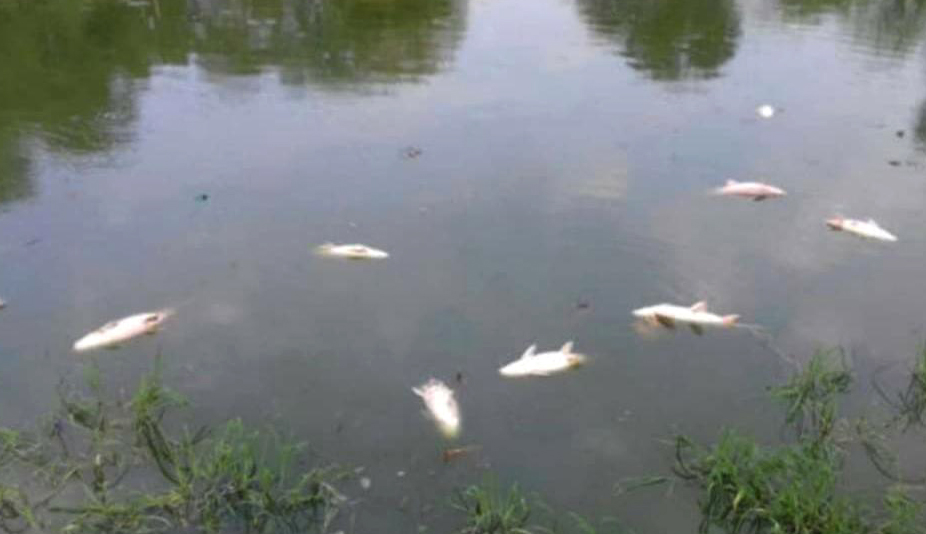Importance of Dissolved Oxygen Level in Aquaculture and Fish Biodiversity

Maintaining optimal levels of dissolved oxygen in fisheries and ponds is crucial for favourable fish production. Not ensuring this could result in lower fish production and even death of fish. Hence, besides feeds and fertilisers, fish farmers should also focus on measures to ensure that proper levels of dissolved oxygen are maintained.
The favorable dissolved oxygen level for fish culture is between 5 and 20 ppm.

Few reasons for decrease or sudden depletion of oxygen in fishery ponds
1. Oxygen production by aquatic plants decreases when there is not enough sunlight due to cloudy weather.
2. High stocking density in proportion to the volume of water results in the shortage of dissolved oxygen for the biomass in a pond.
3. Unwanted accumulation of a large number of fish faeces, unconsumed fish feed, inorganic or organic fertilisers, or other organic wastes.
4. Production of toxic gases when fishes die and get decomposed due to excessive or poor quality of food or chemical supplements.
5. Excessive growth of aquatic plants covering the water surface or pond margin.
6. Accumulation of polluted matters from outside the pond due to rainfall, inundation, or flood.

Bigger fishes require more oxygen. Due to an imbalance in breeding-related hormones in these fishes, they face a lot of problems. Oxygen variations may even lead to their death.

Measures to be taken
1. Keep the pond free from unwanted substances and initial & periodic application of lime as a prophylactic measure is a prerequisite.
2. Incorporate an air supply/wind circulation system in the pond. The use of air supply machines (aerator) is more effective in this case.
3. Pump out water from the pond (preferably from the bottom surface) and refill it with fresh water regularly by installing inlet and outlet pipes.
4. Allow ducks to swim in the pond and splash surface water with a bamboo pole to help gather free oxygen from air.
4. Paddle a boat with oars from end to other to aerate water in a large pond.
5. Clean water may be splashed from the upper reaches with the help of water pumps.
6. Remove aquatic plants and vegetation from the banks to facilitate sunlight in the pond.
7. Stop feeding and using fertilisers temporarily until the situation improves.
8. If there is a large number of fish in the pond, a partial harvest is necessary to reduce the fish population.
9. Use lime in the pond at regular intervals.
10. Use oxygen-increasing medicines as advised by an official of Fishery Dept or by fishery experts.
11. Chemicals to increase oxygen level can be used after consultation with fishery experts or Fishery Dept.

IMPRUDENT USE OF CHEMICAL AND FERTILIZER IS HARMFUL FOR FISH CULTURE AS WELL AS FOR CONSUMERS.
Contact the nearest Fishery Department office for details and handholding guidance.



Total Comments - 0